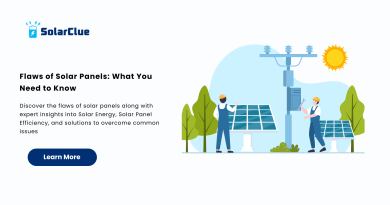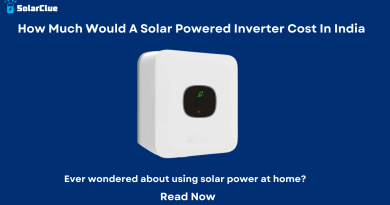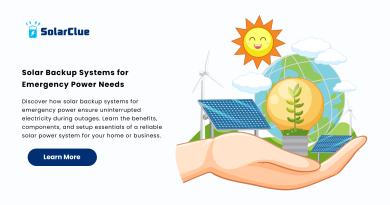How does solar light work?
According to the U.S. Energy Information Administration, in 2023, solar energy is projected to account for approximately 6.5% of all electricity generation in the United States. This increased from 2018 when the solar energy share was approximately 2.5%. The number of utility-scale solar installations is also expected to increase from 1.3 million in 2018 to 1.8 million in 2023.
Solar light is an increasingly popular form of renewable energy due to its affordability, sustainability, and versatility. Solar energy is collected from the sun’s rays through photovoltaic cells, which then convert into electricity.
This energy can be used for heating, cooling, lighting, and electrical appliances. Solar light is becoming ever more popular due to its low-cost installation, low maintenance requirements, and ability to reduce carbon dioxide emissions and electricity bills.
As solar energy technology advances and becomes more affordable, it is expected that solar light will continue to gain popularity as an efficient and reliable source of clean energy. Now, we will discuss how solar lights work.
Process of work
Solar light works by using energy from the sun to generate electricity. This process starts when the sun’s rays hit photovoltaic (PV) cells made of semiconductor materials such as silicon. When this happens, electrons become excited and move freely through the material, creating an electrical current. This current is channeled into a battery or other storage device to be used whenever needed.
Solar panels are composed of many PV cells connected where the electrical current is increased. This means that more power is generated for use in both residential and commercial applications. In residential settings, the electricity generated by solar panels can be used to run lights, appliances and other household items. In commercial settings, solar energy is used to power factories, businesses, schools, etc.
The advantages of solar energy include its cleanliness and abundance. Solar energy produces no pollutants or hazardous waste, making it a great choice for reducing our environmental impact. Additionally, since sunlight is available everywhere, it’s a sustainable source of energy that will never run out. It can also save money on energy costs compared to traditional sources like oil and gas. With these benefits in mind, solar energy has been gaining popularity over the past few years as an alternative power source.
Why are solar products mandatory?
The sun is our most powerful energy source—and it’s free! Solar products are the perfect way to take advantage of this abundant, renewable energy source. Using solar products can make a real difference in your home or business from solar panels to water heaters and lighting systems.
Not only are they cost-effective and reduce dependence on non-renewable energy sources, but they also offer significant environmental benefits, including reduced air pollution and fewer greenhouse gas emissions.
Investing in solar products will likely lead to greater energy independence and fewer energy costs in the long run. Countries worldwide recognize the importance of harnessing solar power – which is why many nations are introducing laws requiring solar products. Now is the time to go solar – for a brighter, greener future!





Amazing post, thanks for sharing.